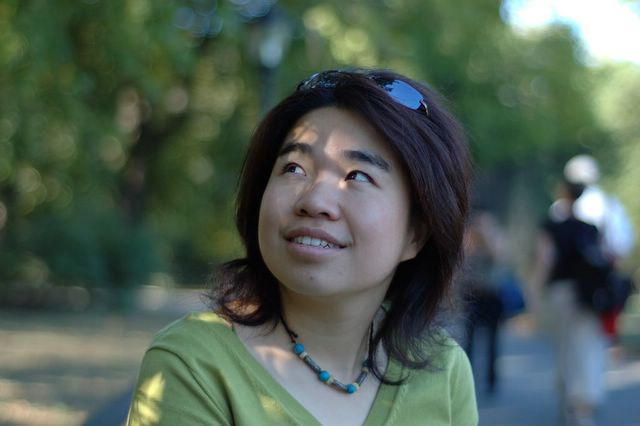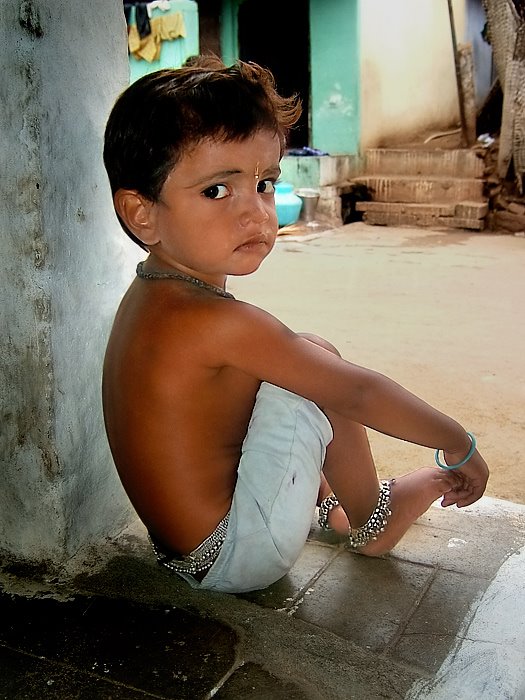
Tonight was the last night for La Bayadère at Metropolitian Opera House and I invited three friends to join me to pay tribute to this Russian classics. According to Wikipeida:
“La Bayadère (The Temple Dancer) (Russian Баядерка - Bayaderka) is a ballet, originally staged in four acts and seven scenes, choreographed by the balletmaster Marius Petipa to the music of Ludwig Minkus. First performed by the Imperial Ballet at the Imperial Bolshoi Kamenny Theatre in St. Petersburg, Russia, on January 23/February 5 (Julian/Gregorian calendar), 1877. A scene from the ballet, The Kingdom of the Shades, is one of the most celebrated pieces in all of classical ballet, and it is often extracted from the full-length work to be performed independently.

La Bayadère was the creation of the choreographer Marius Petipa, the great Maître de Ballet en Chef of the Imperial Ballet (today the Kirov/Mariinsky Ballet) and the St. Petersburg Imperial Theatres. The music was written by the Austrian/Czech composer Ludwig Minkus, Petipa's chief collaborator and First Imperial Ballet Composer of the St. Petersburg Imperial Theatres at the time. La Bayadère is a typical production of the period in which it was produced - extravagant tableaux interspersed with episodes on an active, melodramatic scenario which takes place in an exotic and ancient locale - the perfect vehicle for spectacular dances and mime scenes, all set in an atmosphere consisting of lavish décor and sumptuous costumes. During the 1860s until the mid-1880s Petipa favored the subjects of his ballets to be of the romantic ballet tradition - ballets which were typically melo-dramas involving a love triangle of some sort, and usually consisting of supernatural female creature who would embody the ideal in femininity. The rather tragic scenario of La Bayadère is certainly work that conforms to these elements.” Obviously, this is a typical western misunderstanding of the East. The plot is kind of simple and the music is so much like Swan Lake and I can not help wondering whether all the Russian ballet musicians went to same schools. The principal dancers of the night are the stars of ABT, Nina Ananiashvili played Nikiya, Jose Manuel Carreño as the hopeless Solor, and Irina Dvorovenko as the jealous Gamzatti. The famous The Kingdom of the Shades at the middle of Act II seemed totally unrelated to the story, simply a showcase of classic ballet. ABT’s production follows Natalia Makarova’s 1980 version, which cut many scences of the Russion version. The stage design and custom were not very impressive—frankly, not impressive at all. I was kind of disappointed about the performance, too. The whole production is mediocore and it is hard to imagine why the play is so important in the history of ballet.

Nevertheless, I find something interesting about the choreographer, Marius Petipa. Accoriding to Wikipedia,

“Marius Ivanovich Petipa (ru. Мариус Иванович Петипа) (born Victor Marius Alphonse Petipa on 11 March 1818 in Marseille, France - died in Gurzuf in the Crimea, Russian Empire, in what is today the Ukraine, on 14 July 1910) - was a ballet dancer, teacher, and choreographer. Marius Petipa is often given the title "Father of Classical Ballet", and is cited nearly unanimously by the most noted artists of the classical ballet to be the most influential balletmaster and choreographer that has ever lived (among them - George Balanchine, who cited Petipa as his primary influence).
Petipa is equally noted for the ballets he created, some of which have survived to the present day in versions either faithful to, inspired by, or reconstructed from the original - The Pharaoh's Daughter (1862); Don Quixote (1869); La Bayadère (1877); The Talisman (1889); The Sleeping Beauty (1890); The Nutcracker (choreographed by Lev Ivanov, with Petipa's counsel and instruction) (1892); The Awakening of Flora (1894); The Calvary Halt (AKA Halte de Cavalerie) (1896); Raymonda (1898); and Harlequin's Millions (AKA Harlequinade) (1900). Petipa also resurrected a substantial amount of works created by other choreographers which had long left the stage of other European theatres. By way of Petipa's productions, many of these works lived on to the present day - Le Corsaire (1856, 1863, 1868, 1885, and 1899); Giselle (1850 with counsel and instruction from Jules Perrot, 1884, 1899); La Esmeralda (1866, 1872, 1886, and 1899); Coppelia (1884, 1894 with Enrico Cecchetti); Paul Taglioni's La Fille Mal Gardée (1885 with Ivanov); The Little Humpbacked Horse (AKA The Tsar Maiden) (1895); and Swan Lake (1895 with Ivanov). There are a number of various divertissements and incidental Pas from Petipa's original works and revivals that have survived in performance even when the full-length work did not, either in versions based on Petipa's original or choreographed anew by others - the Grand Pas Classique, Pas de Trios and Children's Polonaise and Mazurka from Paquita (1881); the Venetian Carnival Grand Pas de Deux (AKA the Fascination Pas de Deux from Satanella) (1859/1870); The Talisman Pas de Deux (1889); the La Esmeralda Pas de Deux (1899); the Diane and Actéon Pas de Deux (1903/1931 in a version by Agrippina Vaganova); The Cavalry Halt Pas de Deux (1896); the Don Quixote Pas de Deux (1869); the La Fille Mal Gardée Pas de Deux (1885/1894); and the Harlequinade Pas de Deux (1900). All of the full-length ballets and individual pieces which have survived in performance are today considered to be cornerstones of the Classical Ballet repertory.”


没有评论:
发表评论